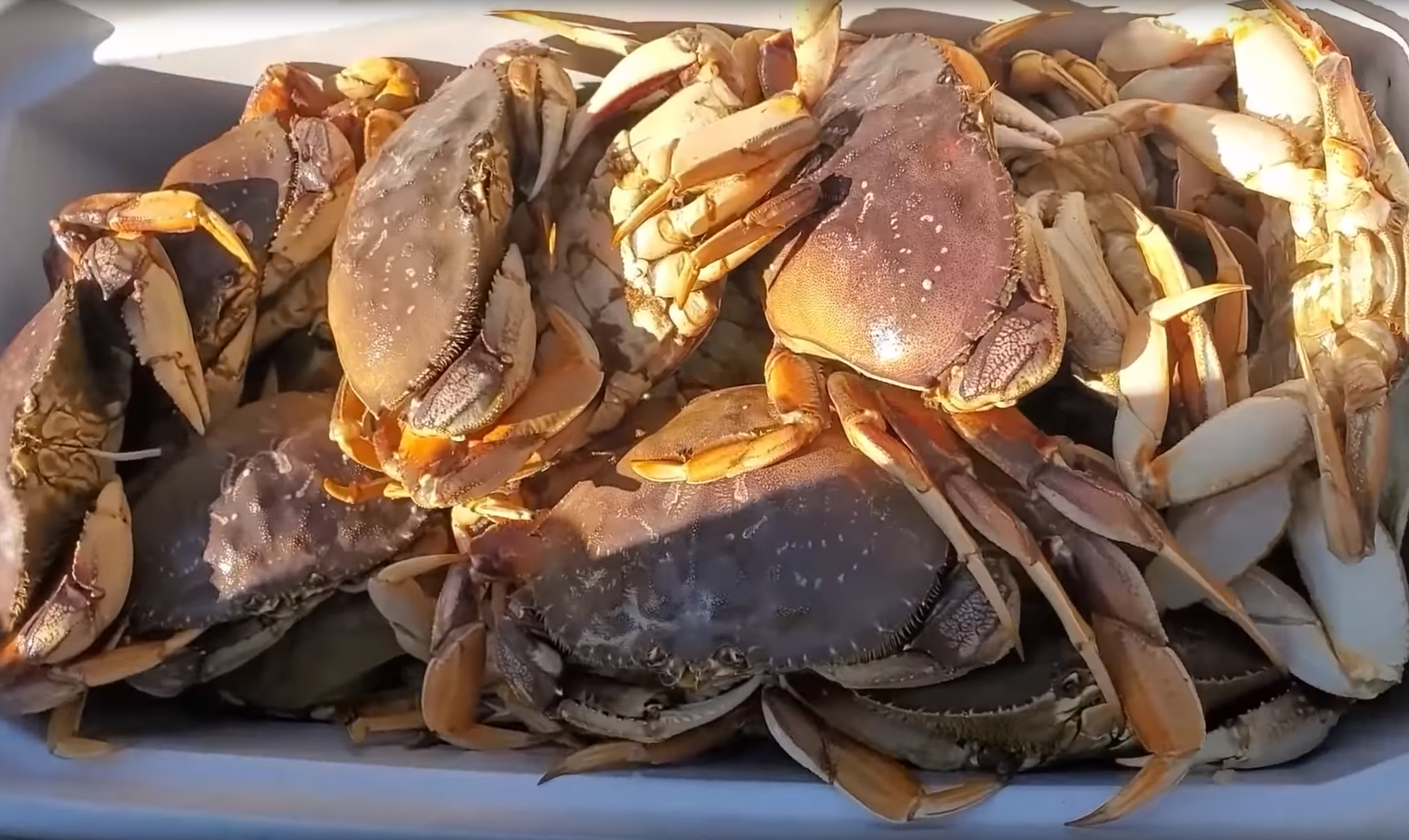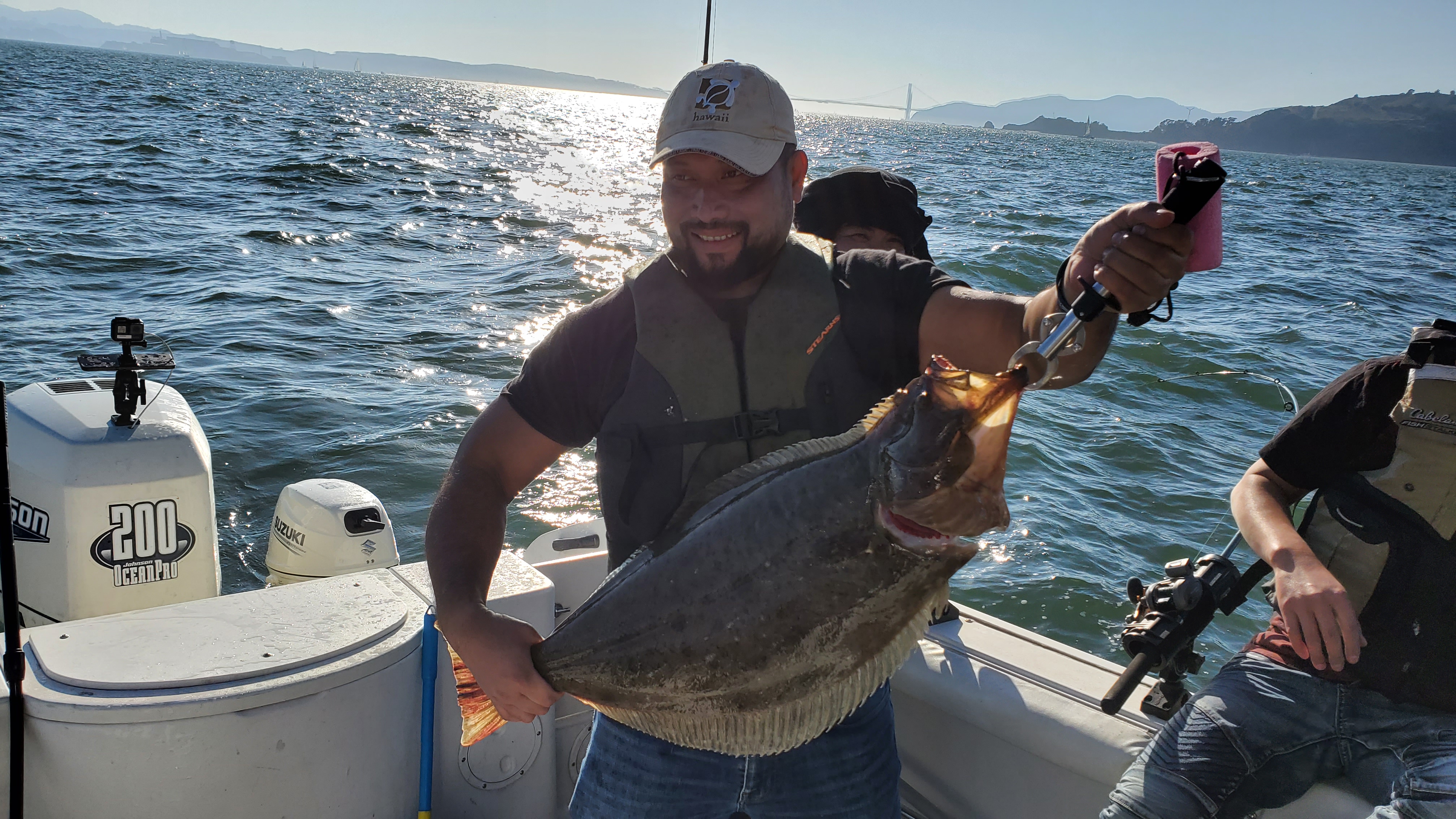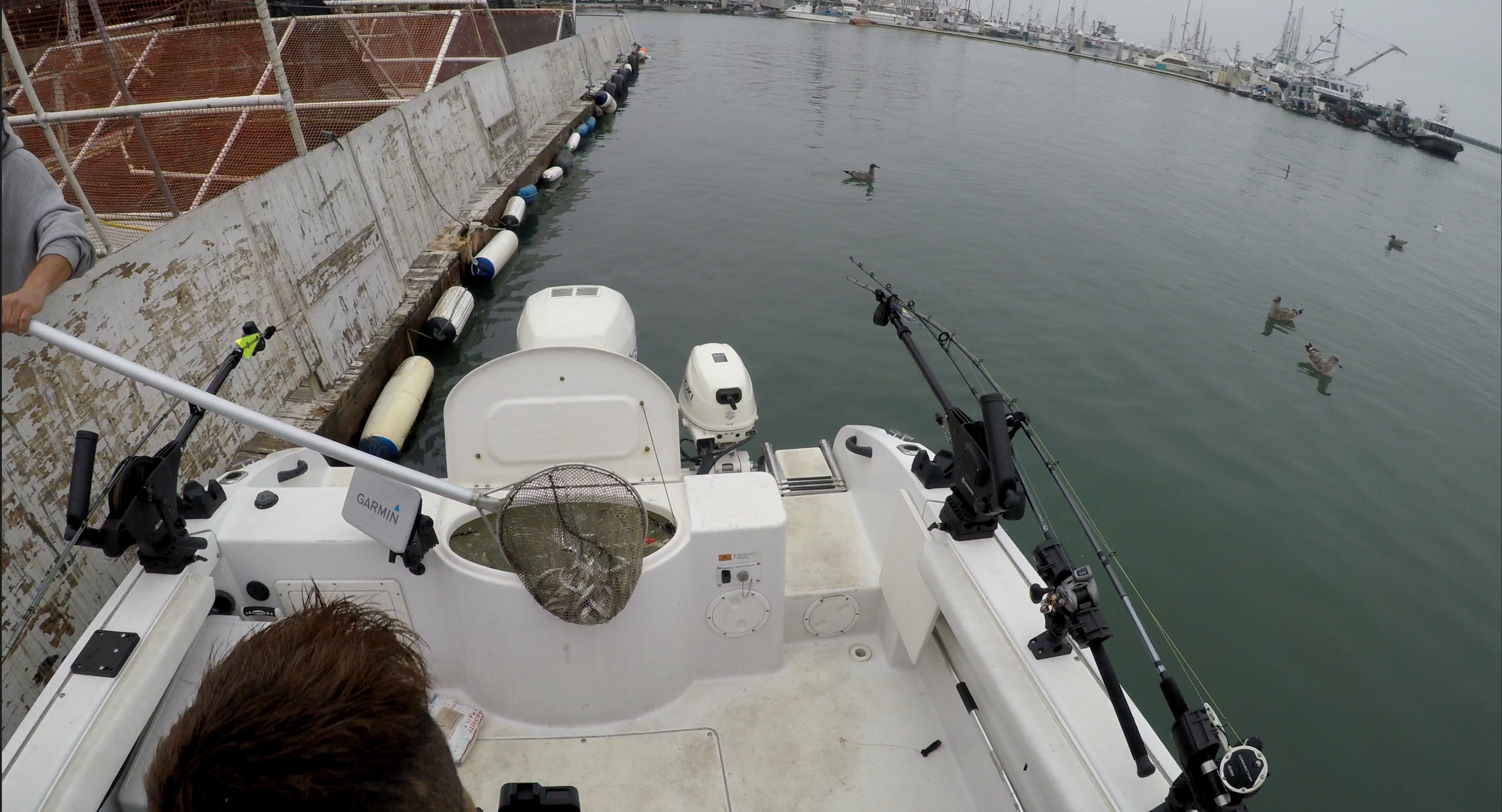|
||||||||||||||||||||||||||||||||||||||||||||||||||||||||||||||||||||||||||||||||||||||||||||||||||||||||||||||||||||||||||||||
 |
||||||||||||||||||||||||||||||||||||||||||||||||||||||||||||||||||||||||||||||||||||||||||||||||||||||||||||||||||||||||||||||
| STRIPER SEASON INFORMATION | ||||||||||||||||||||||||||||||||||||||||||||||||||||||||||||||||||||||||||||||||||||||||||||||||||||||||||||||||||||||||||||||
Seasons (reference from fish and wildlife site)Striped bass angling is done all year, but fishing localities vary seasonally in accordance with the striped bass migratory pattern. During the winter, striped bass are spread from San Francisco Bay throughout the Delta and fishing is generally poor because stripers do not feed actively when the water is cold. However, good catches of large fish still are made occasionally. Fishing success improves as the water warms up in March. Stripers that winter in the bays start moving upstream to fresh water for spawning. During the spring, the bulk of the legal population is spread throughout the Delta and as far north as Colusa and Princeton on the Sacramento River. Good fishing can be expected throughout the spawning area at this time. Occasionally, some good catches of either early spawning, or late migrating, bass are made in the bays during the spring. By mid-June, most legal-sized bass have left fresh water and returned to the bays. During the summer and fall, striped bass fishing is at its peak in San Francisco Bay. Trollers and live bait drifters make good catches with regularity in Raccoon Strait, at the south tower of the Golden Gate Bridge, at submerged rocky reefs in central San Francisco Bay, and off Alcatraz and Treasure Islands. In some years, large numbers of bass migrate into the Pacific Ocean and many are caught just off the beach by charter boat anglers. Summer surf casting from the San Francisco beaches is occasionally very successful. Shore angling is sporadically good in some areas of South San Francisco Bay during the spring and summer. The fall migration of bass to the Delta may start as early as October, even though fishing may still be excellent in San Francisco and San Pablo bays at this time. The beginning of the fall migration is marked by good fishing in Suisun Bay. Bait fishing in the Delta improves gradually with the movement of bass into the area, and then declines as the water temperature drops and the winter rains begin. Charter BoatsMany charter boat operators in the bays and guides in the Delta and on the upper Sacramento River make a business of taking anglers striped bass fishing for a fee. Each individual usually brings his own fishing tackle, although rental tackle is often available. A trip on such a boat provides an excellent opportunity for inexperienced anglers to learn how to fish successfully for striped bass. Generally, the average catch per angler on such boats is high because of the experience of the operator in locating schools of bass and in knowing how best to fish at a particular time and place. Reservations are desirable for trips on charter boats and they are usually handled by phone through a bait shop. The classified sections of telephone directories should be consulted under "Fishing Parties" to obtain more information or make reservations. The preceding section on fishing seasons should be consulted to determine the general area to select for a fishing trip at any particular time of year. Private BoatsMany anglers prefer to fish from private boats because they provide greater privacy and more freedom than charter boats in selecting fishing spots. In San Francisco, San Pablo, and Suisun bays, anglers should only use boats that are large enough to withstand the rough seas that develop when strong winds come up. Smaller boats are well suited to the more sheltered fishing grounds such as the Napa River and its marsh, the Suisun Marsh, the sloughs of the Delta, and the upper Sacramento and San Joaquin rivers. A few resorts rent skiffs and outboard motors. Locations where boats can be launched or rented are indicated on the map. Shore and Pier FishingFishing from shore is generally less productive than boat fishing, but is practiced by many anglers and sometimes is highly rewarding. Numerous favored bank-fishing spots are scattered throughout the fishing area. During spring, the Sacramento River from Courtland to Colusa is one of the most popular areas. The San Joaquin River near Stockton is popular during spring and fall. San Francisco Bay also produces some good shore fishing during summer and fall. Favored locations include the Berkeley Fishing Pier, the shoreline near Ashby Avenue in Berkeley, and the area in south San Francisco Bay around Candlestic |
||||||||||||||||||||||||||||||||||||||||||||||||||||||||||||||||||||||||||||||||||||||||||||||||||||||||||||||||||||||||||||||
 |
||||||||||||||||||||||||||||||||||||||||||||||||||||||||||||||||||||||||||||||||||||||||||||||||||||||||||||||||||||||||||||||
| SALMON SEASON INFORMATION | ||||||||||||||||||||||||||||||||||||||||||||||||||||||||||||||||||||||||||||||||||||||||||||||||||||||||||||||||||||||||||||||
General Commercial Regulations (reference from fish and wildlife site)
|
||||||||||||||||||||||||||||||||||||||||||||||||||||||||||||||||||||||||||||||||||||||||||||||||||||||||||||||||||||||||||||||
 |
||||||||||||||||||||||||||||||||||||||||||||||||||||||||||||||||||||||||||||||||||||||||||||||||||||||||||||||||||||||||||||||
| DUNGENESS CRAB SEASON INFORMATION | ||||||||||||||||||||||||||||||||||||||||||||||||||||||||||||||||||||||||||||||||||||||||||||||||||||||||||||||||||||||||||||||
Dungeness Crab of California and Its Close Relatives (reference from fish and wildlife site) These crabs are all of the family Cancridae and the genus Cancer, meaning hard shell, and are characterized by a carapace that is broadly oval and sawtoothed on the front side. In all, nine species of this family and genus are found in California, but the other four species, Cancer jordani, C. oregonensis, C. amphioetus, and C. gibbosulus, are not described here as they are small and comparatively rare. In California, all the crabs of the above family and genus have black-tipped pincers, except the Dungeness crab and the slender crab which have white-tipped pincers. Distinguishing Characters: White-tipped pincers on the claws (chelipeds). The top edges of the claws and upper pincers are prominently sawtoothed, there being more than a dozen teeth along each edge. The last three joints of the last pair of walking legs (in particular) have a comb-like fringe of hair on the lower edge, and the joint previous to these has hair on both top and bottom edges, but with a much greater amount on the top edge (see Figure 1) . In both male and female, the tip of the last segment of the tail flap is rounded (see photographs) as compared to the pointed last segment of the male and female of all the other crabs herein described (for examples of this pointedness, see Figures 2A and 2B ) . Color: Light reddish brown on the back, with a purplish wash anteriorly in some specimens. The characteristic pattern of lighter streaks and spots on the back is shown in the photograph (Figure 1) . Underside whitish to light orange, the inner and upper sides of the anterior legs with crimson or purple. Size: Attains a width of 9 inches across the back. One of the largest edible crabs along the Pacific Coast of America. Distribution: Unalaska, Alaska, to Magdalena Bay, Baja California, but seldom seen south of Santa Barbara. * Prior to 1974, the common name in California was the market crab. |
||||||||||||||||||||||||||||||||||||||||||||||||||||||||||||||||||||||||||||||||||||||||||||||||||||||||||||||||||||||||||||||
 |
||||||||||||||||||||||||||||||||||||||||||||||||||||||||||||||||||||||||||||||||||||||||||||||||||||||||||||||||||||||||||||||
| HALIBUT SEASON INFORMATION | ||||||||||||||||||||||||||||||||||||||||||||||||||||||||||||||||||||||||||||||||||||||||||||||||||||||||||||||||||||||||||||||
California halibut are large, toothed flatfish found in nearshore waters and may be described as being an estuarine-inner shelf species. They are visual ambush predators that range from Magdalena Bay, Baja California north to the Quillayute River in Washington, being most abundant from central California to Baja California. Though they may be found in ocean waters as deep as 600 ft (183 m), they are most often caught by anglers in 10 to 90 ft (3 to 27 m) of water. California halibut are broadcast spawners, and eggs are fertilized externally. Adults migrate from the continental shelf into shallow coastal waters and bays before spawning, usually from February through September. Eggs are pelagic (free floating). Larvae develop with one eye on each side of the head. As California halibut mature and reach the post-larval stage (20-29 days), one eye migrates to the other side so that both eyes are on the same side. California halibut may be right- or left-eyed. IdentificationCalifornia halibut are usually uniformly brown to brownish-black on the eyed side, and have the ability to change skin color patterns to camouflage with the substrate. They may have white spots, especially juveniles, which often fade after death. The non-eyed side is usually entirely white, though some mottling may occur. The lateral line is most distinctive and is highly arched above the pectoral fin. The mouth is large with conical teeth. The maxilla (top jaw bone) extends beyond the eye. There are less than 77 soft dorsal rays. Pacific halibut vs. California halibutIn the Pacific halibut (Hippoglossus stenolepis), the maxilla extends only to the front edge of the eye, whereas the maxilla extends beyond the eye in California halibut. Pacific halibut have more than 80 soft dorsal rays and the eyes are always on the right side of the head whereas California halibut will have less than 77 soft dorsal rays and the eyes may be on the right or left side (dextral or sinistral). |
||||||||||||||||||||||||||||||||||||||||||||||||||||||||||||||||||||||||||||||||||||||||||||||||||||||||||||||||||||||||||||||
